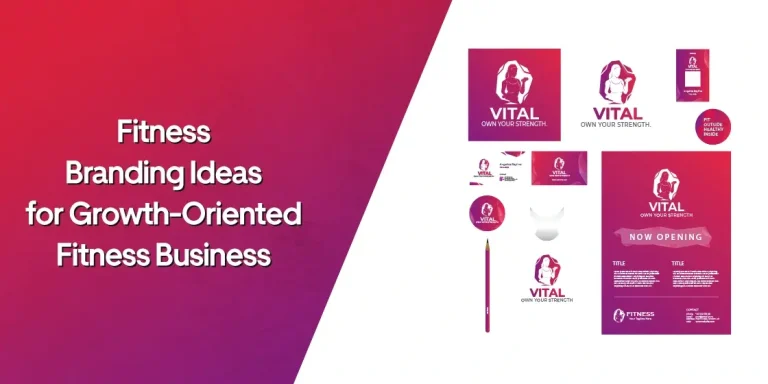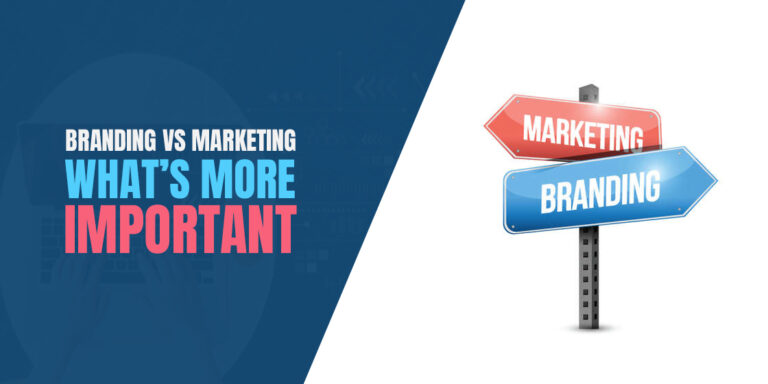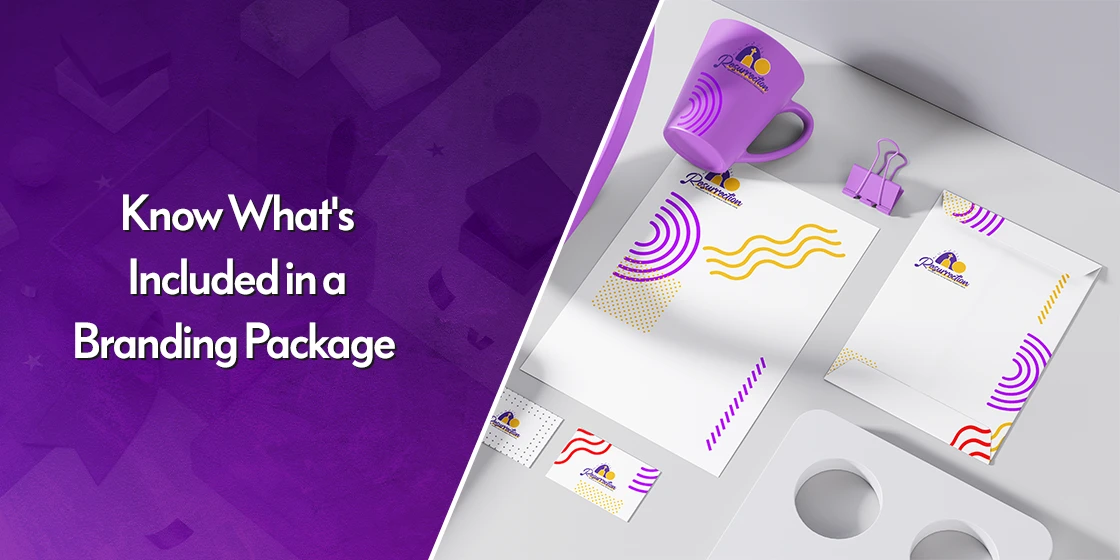
Table of Content
A Basic Branding Package Guide for Startups and Small Businesses
Launching a business in any industry isn’t an easy job, as stakeholders need to finalize various things before announcing themselves in the market. Likewise quality products, exceptional branding is also required to make a mark in the industry. This persuades stakeholders to finalize various elements that comes under the umbrella of their branding package. From logos to typography, each element is selected carefully keeping in view the background and central idea of the company. This is often done by taking branding services from a professional agency that understands the unique requirements of every business.
Creating a branding package requires a lot of research and market analysis. The reason is that you cannot just pick a style guide or a logo based on random thoughts. Every component of your branding needs to be created with a firm mindset. Whether it’s a logo or company brochure, every component should illustrate the identity of the business, so that customers can easily understand what the company is all about. The development of a branding package therefore takes a decent amount of time, as it ensure to address everything that is related to the visual promotion of a brand.
If you are not sure how a branding package is created and what type of things are included in it, this blog will answer all your questions. It will give you a complete checklist of a branding package, so that you can design every logo, brochure and other company assets with perfection. Let’s start from the basics understanding what is a branding package and why it is considered important for every company.
What is a Branding Package?
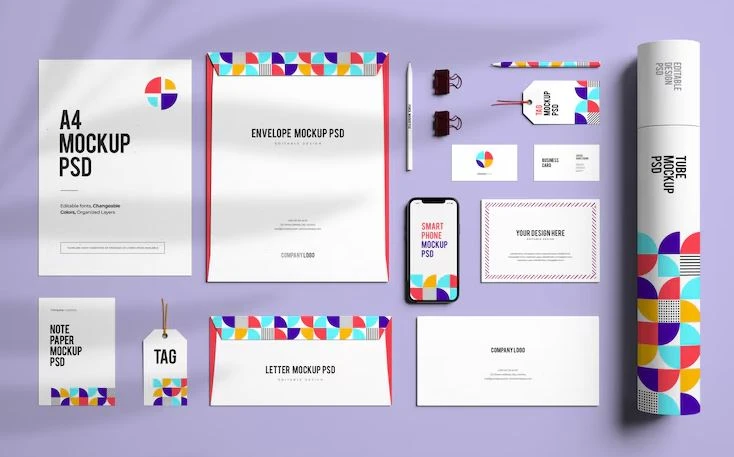
A branding package is a comprehensive collection of design assets and guidelines that work together to establish a cohesive and recognizable brand identity. At its core, this package includes key visual elements such as logos, which are often designed in a range of responsive formats to ensure versatility across various platforms and applications. The package also incorporates a color palette carefully selected to reflect the brand’s personality and tone, creating an immediate sense of familiarity and connection with the audience.
Beyond logos and colors, the branding package extends to typography, with specific typefaces chosen to enhance readability and reinforce the brand’s character. These choices are complemented by graphic elements, which may include icons, patterns, and other design motifs that add personality and distinction. Messaging elements, such as taglines, slogans, and tone-of-voice guidelines, are also integral to the package, helping ensure that the brand communicates consistently across all mediums, from print to digital.
A style guide ties everything together by documenting each element and providing clear instructions for their use. This guide serves as a reference for anyone involved in creating content or materials for the brand, from internal teams to external partners, enabling them to maintain consistency in look and feel. By aligning visual and verbal elements in this way, a branding package supports brand cohesion, helping audiences recognize and trust the brand through a unified presentation across all touchpoints.
Importance of a Creative Branding Package
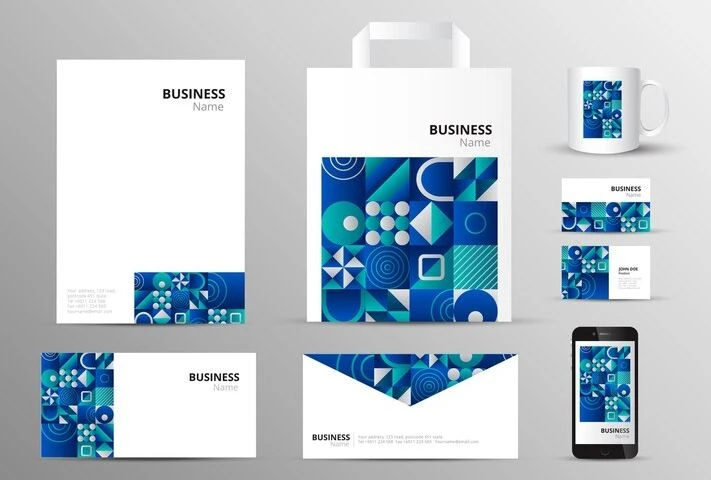
Companies need a creative branding package to establish a strong, memorable presence in the minds of their audience. In today’s competitive marketplace, standing out requires more than just a logo; it requires a thoughtfully designed identity that communicates the brand’s values. A creative branding package provides the foundational elements that work together to build immediate recognition and appeal. By crafting a cohesive and memorable brand identity, companies can create an emotional connection with their audience, making them more likely to choose that brand over others.
Beyond building recognition, a branding package is essential for ensuring consistency across all company communications. When a brand’s visuals and messaging are aligned and consistently applied, it becomes more professional and trustworthy in the eyes of consumers. Consistency in branding across various touchpoints helps create a seamless brand experience that reassures the audience that they can expect the same quality and values everywhere. This uniformity is key to building a strong reputation, as it ensures that consumers receive a unified message regardless of where they encounter the brand.
Lastly, a creative branding package helps companies effectively communicate their story and differentiate themselves from competitors. In many industries, a distinct and thoughtfully crafted brand identity allows a company to showcase its services uniquely. A brand package can highlight the brand’s personality and values, appealing directly to the target market and encouraging loyalty and advocacy. By investing in a creative branding package, companies are equipped not only to capture attention but also to foster long-term relationships with their audience based on trust, loyalty, and shared values.
Key Visual Assets Included in a Branding Package
A branding package includes a variety of elements representing the identity of a business. All of these assets are created in a unified style, so that they can present a cohesive image of the brand. If you do not know what type of branding elements are included in it, take a look at the list of things defined below.
Brand Logo
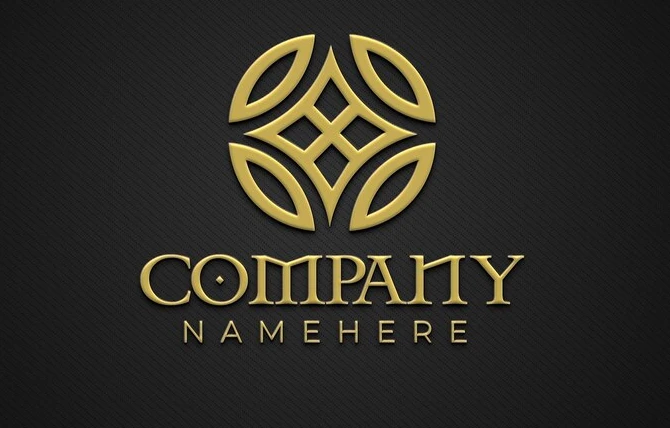
A logo serves as the foundation of your brand’s visual identity and is often the first impression customers have of your business. It represents the essence of your brand, symbolizing your company’s values, mission, and unique personality. Because it’s such a prominent feature of your brand, your logo should immediately convey the right message and create a memorable association that resonates with your target audience.
Investing in a high-quality logo design is essential to establish this strong visual connection. A well-designed logo not only catches attention but also builds trust and familiarity over time. It creates a cohesive look that is adaptable across various platforms, from business cards to social media profiles and beyond. A carefully crafted logo design demonstrates professionalism and dedication to quality, encouraging potential customers to take your brand seriously.
Style Guide
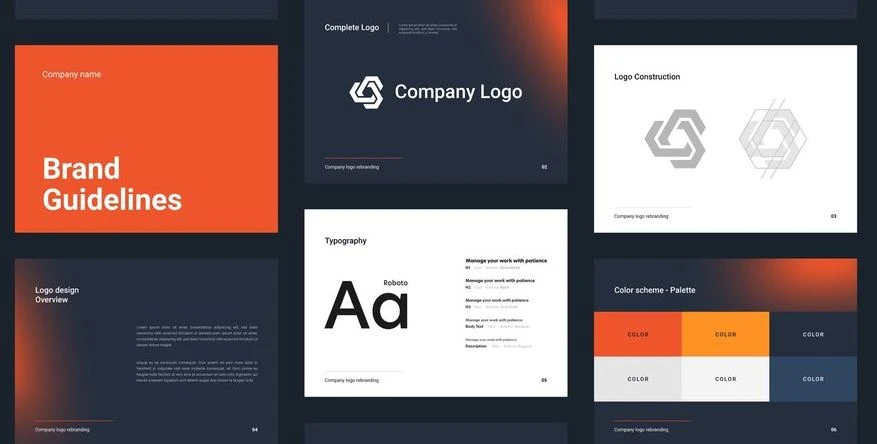
Once your logo design is complete, the next essential step is creating a comprehensive style guide to maintain brand consistency across all platforms and touchpoints. A style guide, often referred to as brand guidelines, is a document that outlines the specific rules and standards for using your logo and other visual elements. This guide serves as the blueprint for your brand’s presentation, ensuring that everyone working with your brand has clear instructions on how to maintain its visual integrity.
A well-developed style guide includes key details such as logo usage rules, color palettes, typography choices, and more. It defines the do’s and don’ts of brand presentation, including variations of your logo for different backgrounds, minimum size requirements, and other stuff. This consistency is vital in establishing a recognizable brand identity that resonates with audiences. By following these guidelines, everyone from designers to marketing teams can accurately represent your brand, no matter the platform or medium.
Digital Assets Included in a Branding Package
Besides logo and style guide, there are other important elements also included in a branding package. Basically, these assets are derived from the guidelines defined in the style guide. They are specifically used for digital branding, so that effective business marketing can be done online.
Media Graphics
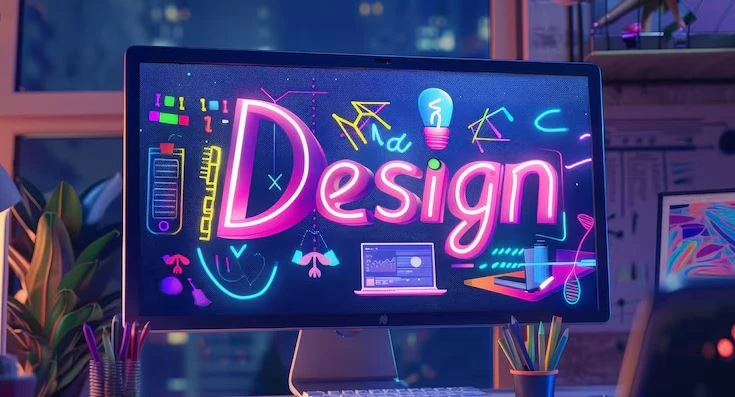
Graphic elements are essential components that enhance and unify your brand’s visual themes. These elements can include shapes, patterns, icons, etc., each carefully designed to complement your logo and overall brand identity. When applied thoughtfully, they bring cohesion and depth to your brand’s visual language, reinforcing the tone and personality you want to convey. These elements help create a consistent look across all platforms, enriching the experience for your online audience and making your brand more memorable.
On social media, websites, and other digital platforms, graphic elements play a significant role in adding visual interest and engagement. They are often used to frame content, direct viewers’ attention, and add decorative touches that make posts and pages visually appealing. These design elements also aid in creating a familiar look across all posts and media, which helps audiences quickly recognize and connect with your brand.
Email Templates
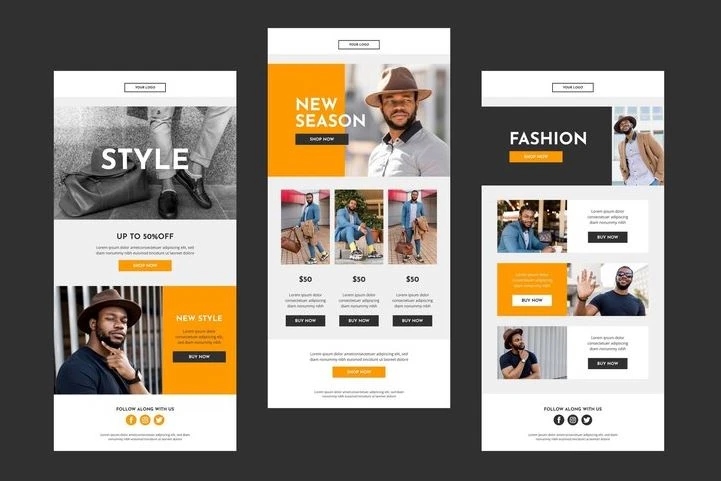
It’s essential that your email templates are designed to reflect your brand identity, creating a seamless experience for recipients with every message they receive. From color schemes to typography, incorporating these brand elements into your email templates helps reinforce brand recognition and trust. When customers see a consistent look and feel across all communications, they are more likely to recognize your brand instantly, which strengthens your brand’s reputation and credibility.
Including email templates as part of your overall branding package ensures that all digital interactions remain cohesive and professional. This not only saves time by eliminating the need to create new designs for every message but also enhances your brand’s reliability by staying on-brand in every touchpoint. Consistency across channels creates a unified brand experience that resonates with your audience and helps build long-term loyalty.
Website Design

Many comprehensive branding packages extend beyond logos and visual identity to include a fully developed website. A website acts as your brand’s digital storefront, providing an opportunity to introduce your brand’s unique personality to potential customers. By including a website in your personal branding package, you ensure that your audience’s first interaction with your brand is cohesive and impactful. A well-designed website serves as a primary touchpoint for brand discovery, offering an immersive experience about your brand.
Incorporating a website within your branding package also supports consistency across all online interactions, helping establish a seamless journey for your target audience. Every detail is crafted to align with your brand’s identity, reinforcing its values and mission. This approach not only makes a lasting impression but also enhances trust and familiarity, inviting visitors to explore your brand further and ultimately fostering a stronger connection with them.
Printable Assets Included in a Branding Package
Now coming to the next part, many branding packages include a complete list of customizable templates for printable assets. These elements are used for physical branding, hence they are termed very important for those companies that precisely rely on outdoor marketing.
Business Cards
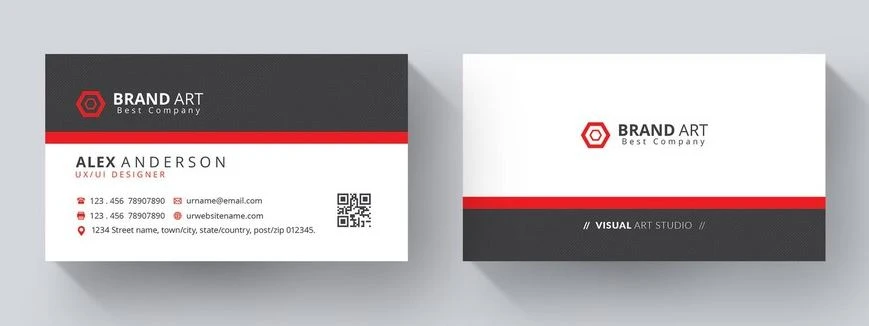
Business cards play a crucial role in branding as they are often the first tangible representation of a company that clients or partners encounter. A well-designed business card serves as a portable piece of your brand, leaving a lasting impression on recipients and acting as a memorable reminder of your brand identity. When crafted thoughtfully, a business card conveys professionalism and attention to detail, reflecting your brand’s values and establishing credibility.
Beyond basic contact information, a business card is an opportunity to reinforce brand recognition and differentiate your company from competitors. Each time someone exchanges or reviews a business card, it provides a moment to subtly remind them of your brand. Whether at networking events, meetings, or casual introductions, business cards serve as a mini marketing tool that extends your brand’s reach and recall value.
Brochure Design

A brochure design is often included in branding packages because it serves as a versatile and effective tool for communicating key information about a company’s products, services, and values. Creative brochure design ideas provide ample space to go beyond basic brand details, allowing for an in-depth look into what the brand offers and how it stands out in the marketplace. Whether distributed physically at events, a well-designed brochure captures attention and allows potential customers to engage with the brand at their own pace.
Including a brochure in a branding package also ensures that this marketing piece is aligned with the brand’s overall identity. From color palettes to typography, each element in the brochure should mirror the brand’s visual and narrative style. This cohesive design not only strengthens brand recognition but also builds trust with the audience. When potential clients see consistent, high-quality branding across touchpoints, they are more likely to perceive the company as reliable and committed to delivering value.
Letterheads
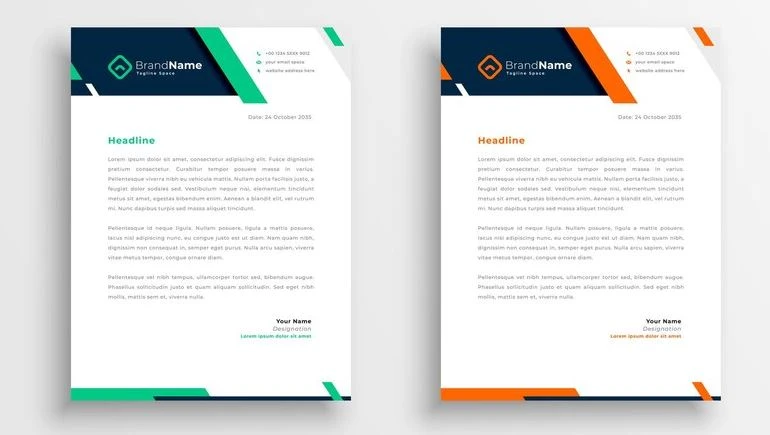
Letterheads are a critical component of a branding package because they create a professional look for official communications. When a business sends letters, invoices, or any other formal documentation, the letterhead serves as a visual representation of the brand. It often includes key elements such as the company logo, contact information, and brand colors. A well-designed letterhead reinforces the brand’s identity, helping to establish trust and credibility with recipients.
In addition to professionalism, letterheads offer an opportunity to communicate the brand’s values and personality. The design of the letterhead should reflect the tone and style of the business, whether it’s sleek and modern, traditional, or creative and playful. By incorporating brand-specific elements like masculine fonts, colors, and logos, the letterhead aligns with the overall brand message and reinforces brand recognition in every communication.
Envelopes
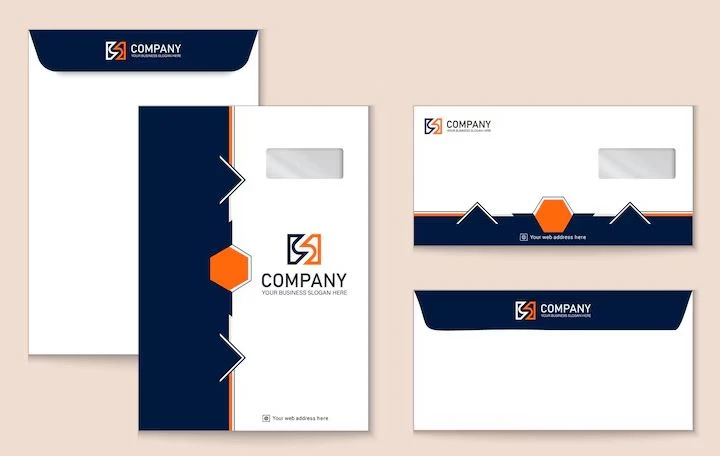
Envelopes play a key role in a branding package by serving as the first physical impression of a business’s communication. When a letter or promotional material is sent in a branded envelope, it sets the tone for the message inside and adds an extra layer of professionalism. A custom-designed envelope, which includes the company logo, color scheme, and other brand elements, ensures that even the outer packaging aligns with the business’s identity.
In addition to proficiency, branded envelopes can help a business stand out and make a memorable impact. The envelope is often the first thing a recipient sees, and an eye-catching, well-designed envelope can grab their attention before they even open it. By incorporating unique design elements or thoughtful details, a branded envelope turns a simple piece of mail into a branded experience, creating a stronger connection with the audience.
How Much Does a Branding Package Cost?
The cost of a branding package can vary significantly based on several factors, including the desired turnaround time, the expertise of the design team or company, and the scope of services provided. Some businesses may require a quick turnaround, which can increase the cost due to expedited work, while others may prefer a more flexible timeline. The level of experience and reputation of the branding agency or designer you choose will also influence the price, as well-established professionals typically charge higher rates for their expertise.
Because each brand has unique needs and goals, branding packages can range widely in cost, from as low as $5,000 to upwards of $50,000 or more. For a small business or startup looking for essential elements like a logo, color scheme, and basic brand guidelines, the cost may be on the lower end of the spectrum. In contrast, larger companies or those seeking a more comprehensive package with a full suite of branding materials, including a website, custom illustrations, in-depth market research, and ongoing brand strategy, will typically face higher prices.
Frequently Asked Questions
| What is a branding package? A branding package is a collection of visual and strategic elements that define a company’s identity. It ensures consistency across all marketing materials and helps establish a recognizable and professional brand image. |
| Why companies need a creative branding package? Companies need a creative branding package to establish a unique and memorable identity that resonates with their target audience. It ensures consistency across all platforms, building trust, recognition, and a strong market presence. |
| What are the factors that increases the cost of a branding package? The cost of a branding package increases based on factors such as the complexity and scope of work. Faster turnaround times, the expertise of the design team, and the level of market research required also contribute to higher costs. |
Final Words
That brings us to the end of this blog in which we have discussed the basics and importance of a branding package. It is a known fact that companies pay a lot of attention on branding, as it showcases their identity to the customers. Due to this reason, they always want a branding package that fulfills everything related to their promotions. From logo to business cards, a complete branding package includes different assets that are important for marketing. This package is precisely created with a unified branding mindset, so that businesses can emulate a cohesive identity from different touchpoints.

